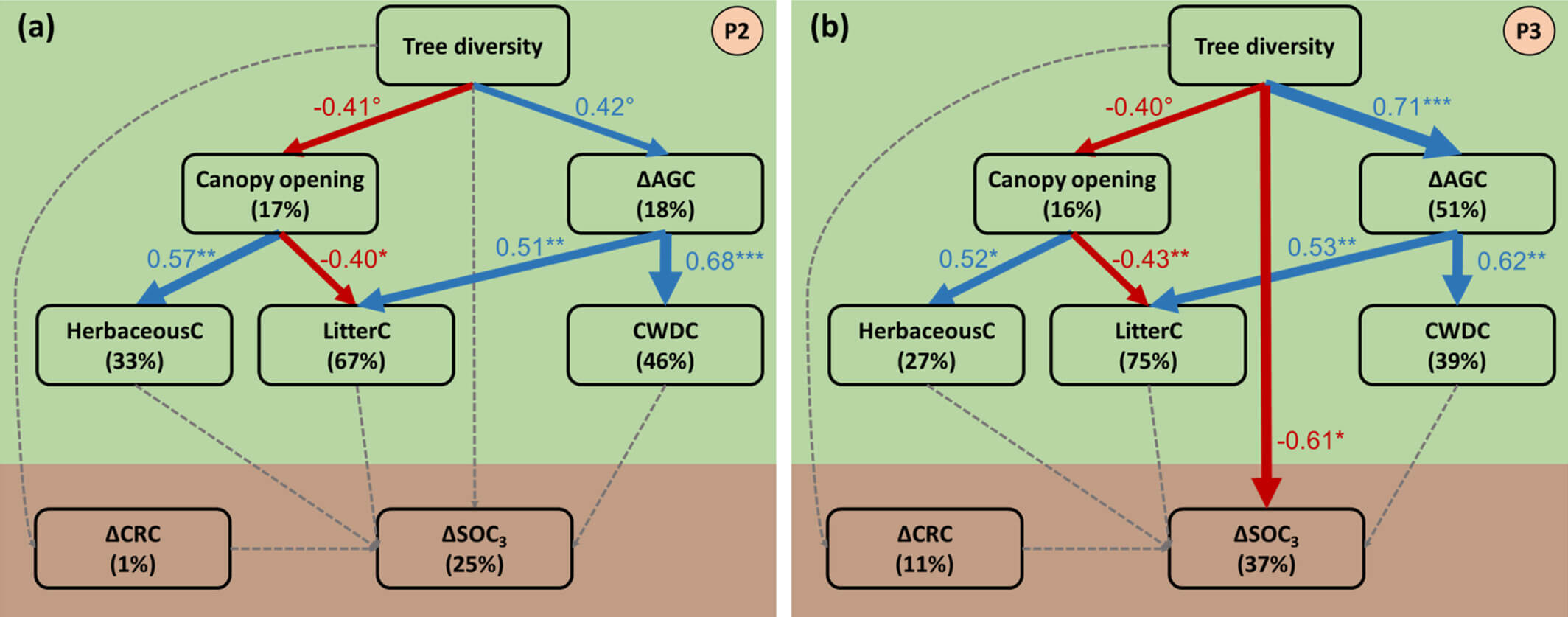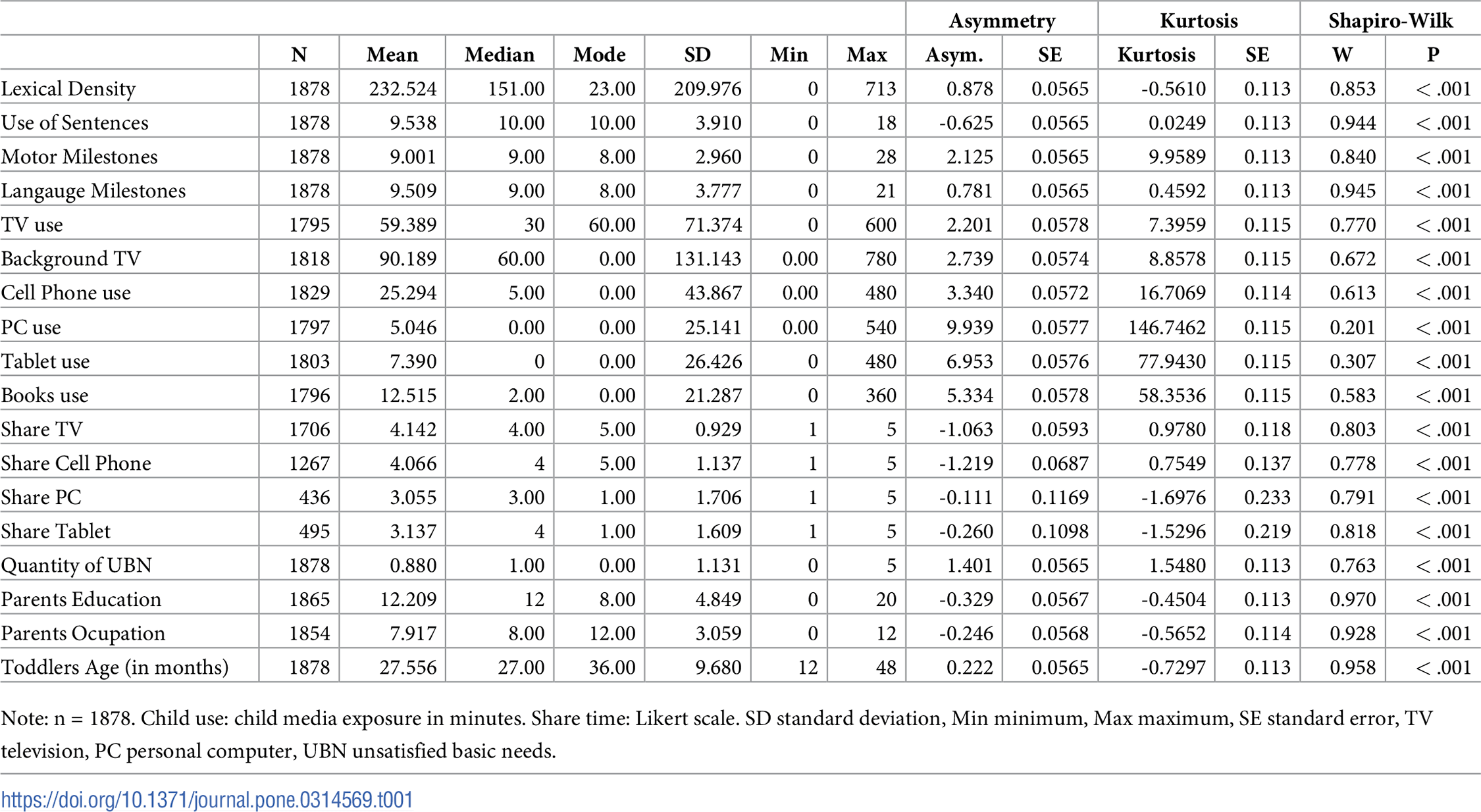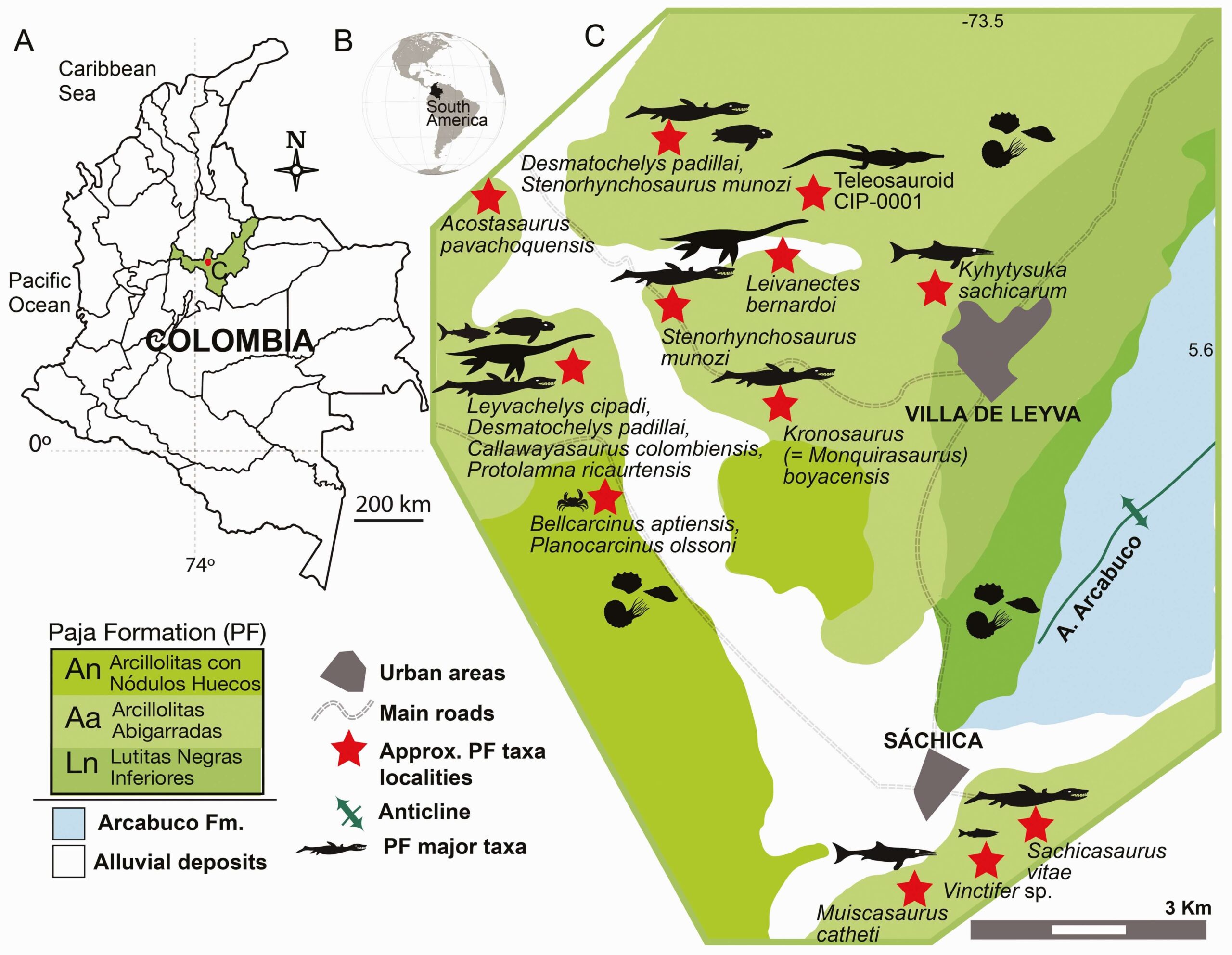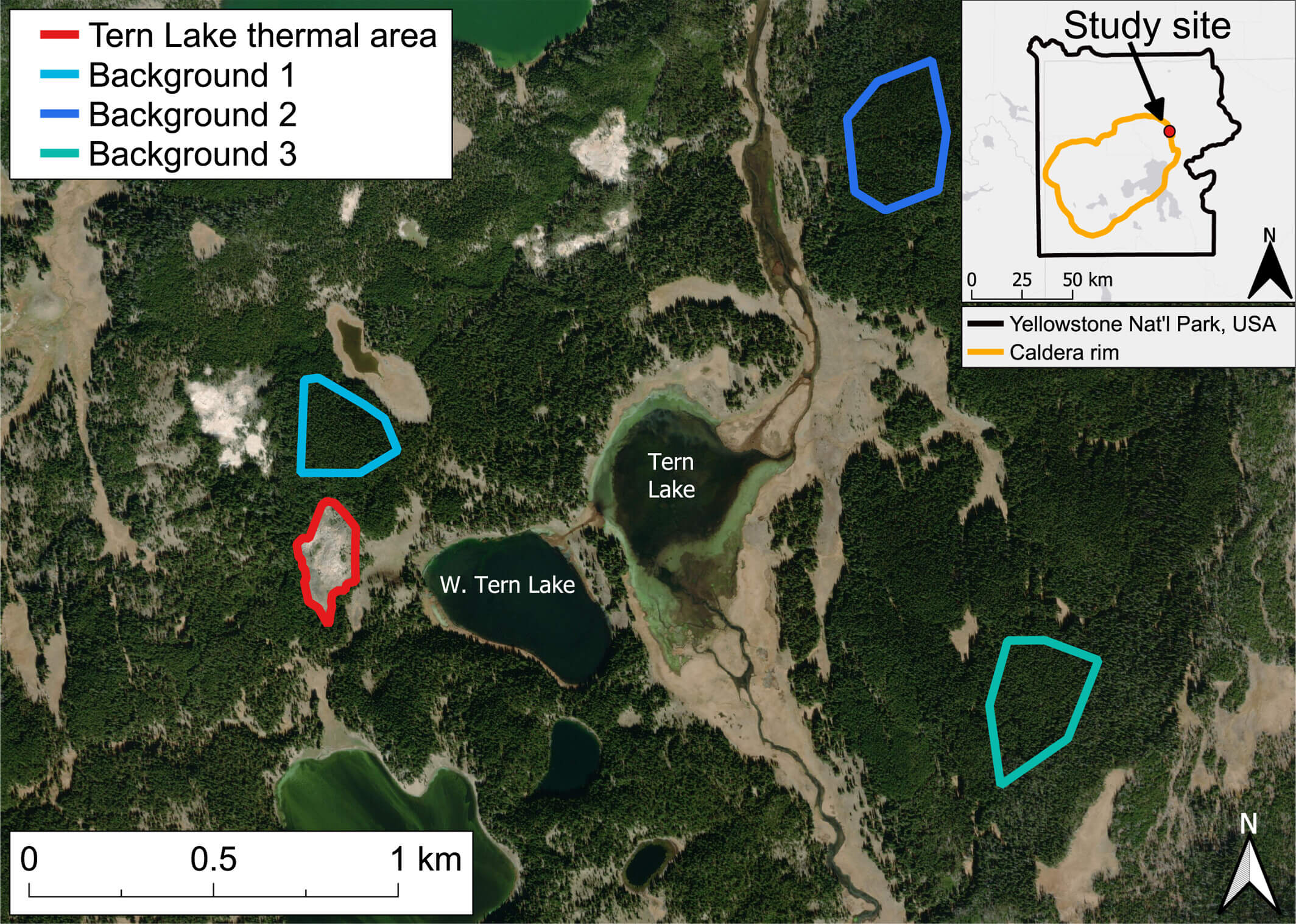
For nearly two centuries, scientists believed that generating electricity directly from Earth’s rotation through its own magnetic field was impossible. The idea, first tested by Michael Faraday in 1832, seemed to be a dead end. But now, a groundbreaking experiment has upended this long-standing assumption, proving that under specific conditions, Earth’s spin can, in fact, produce a continuous electric current.
A team of researchers, including Christopher F. Chyba of Princeton University and Kevin P. Hand from NASA’s Jet Propulsion Laboratory, successfully demonstrated this effect using a cylindrical shell of manganese-zinc ferrite. The experiment, conducted in a controlled laboratory setting, confirmed that the rotating Earth could generate a measurable DC voltage and current—albeit small—when the right materials and configurations were used.
The core finding revolves around a unique interaction between the planet’s steady rotation and its geomagnetic field. Earth’s magnetic field is largely dipolar, similar to a giant bar magnet tilted inside the planet. As Earth rotates, its surface moves through this field at speeds up to 354 meters per second, depending on latitude. According to classical electromagnetism, this should not result in an electric current within a conductor moving with Earth. However, the researchers identified a loophole in this assumption. By using a magnetically permeable material with a specific topology, they found a way to harness the motion-induced forces and break the expected symmetry.
To test this, the team created a hollow cylindrical shell of manganese-zinc ferrite with an outer radius of 1.0 cm and an inner radius of 0.61 cm. This material was chosen because of its low electrical conductivity and high magnetic permeability, crucial for enabling the necessary interactions. The cylinder was carefully positioned so that its long axis remained perpendicular to both Earth’s magnetic field and its rotational velocity.
Over multiple trials, the experimental setup produced a small but consistent voltage of about 17.3 microvolts and a continuous electric current of approximately 25.4 nanoamperes. While these numbers are modest, they confirm that the theoretical effect proposed in 2016 by Chyba and Hand is real. The researchers also verified their results at a second location to rule out environmental interference, strengthening the credibility of their findings.
One of the most striking aspects of the study was how precisely the generated voltage and current behaved according to predictions. When the cylindrical shell was rotated by 180 degrees, the voltage reversed in sign but remained equal in magnitude. At certain orientations—specifically when the cylinder was aligned parallel to Earth’s rotational velocity—the measured voltage dropped to zero, further confirming that the effect was due to Earth’s motion and not some external electrical noise or thermoelectric interference.
To ensure their findings were robust, the researchers conducted rigorous control tests. They repeated the experiment using a solid cylinder instead of a hollow one and found no voltage generation, proving that the shell-like topology was a necessary condition. They also tested a high-conductivity version of the shell, which failed to produce any voltage, confirming that low conductivity was a key factor. Additionally, background electromagnetic interference from sources such as power lines and radio signals was ruled out through extensive environmental monitoring.
Reference
https://doi.org/10.1103/PhysRevResearch.7.013285








